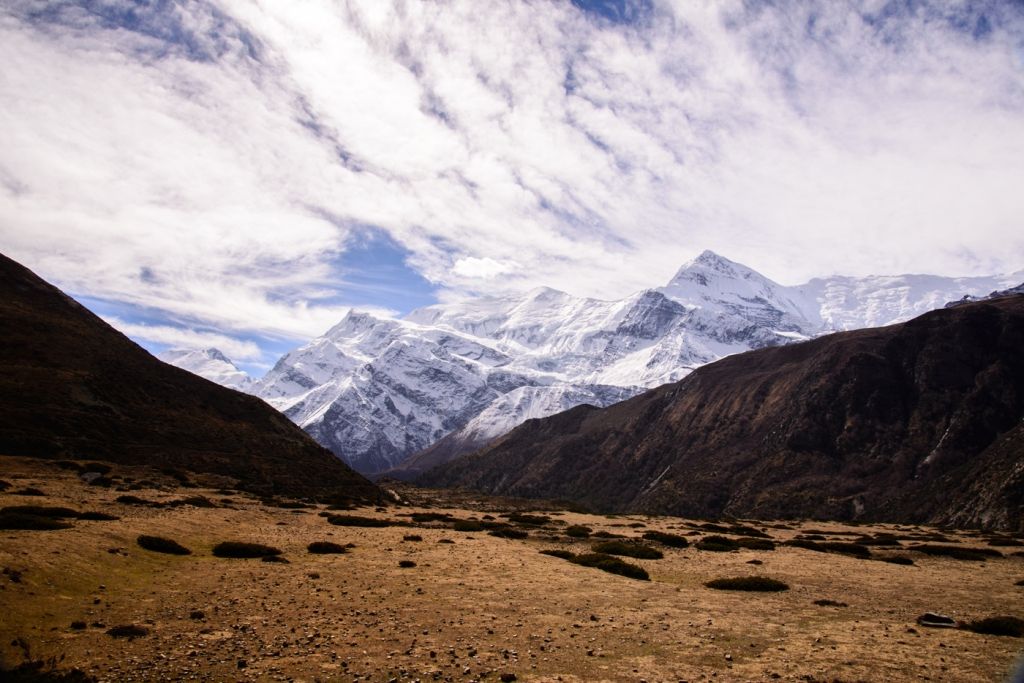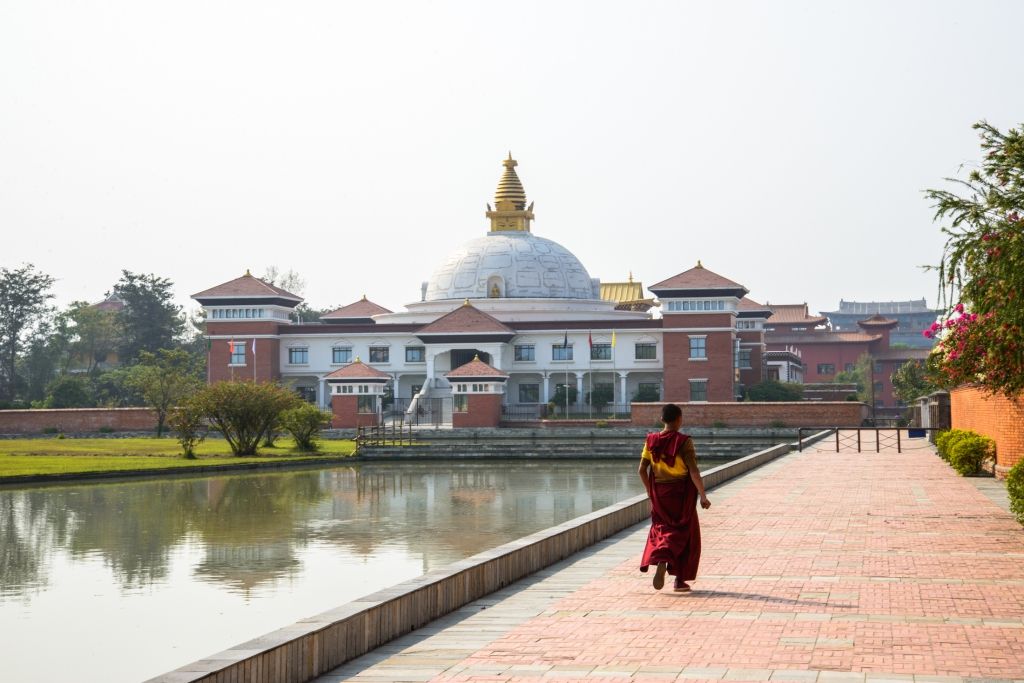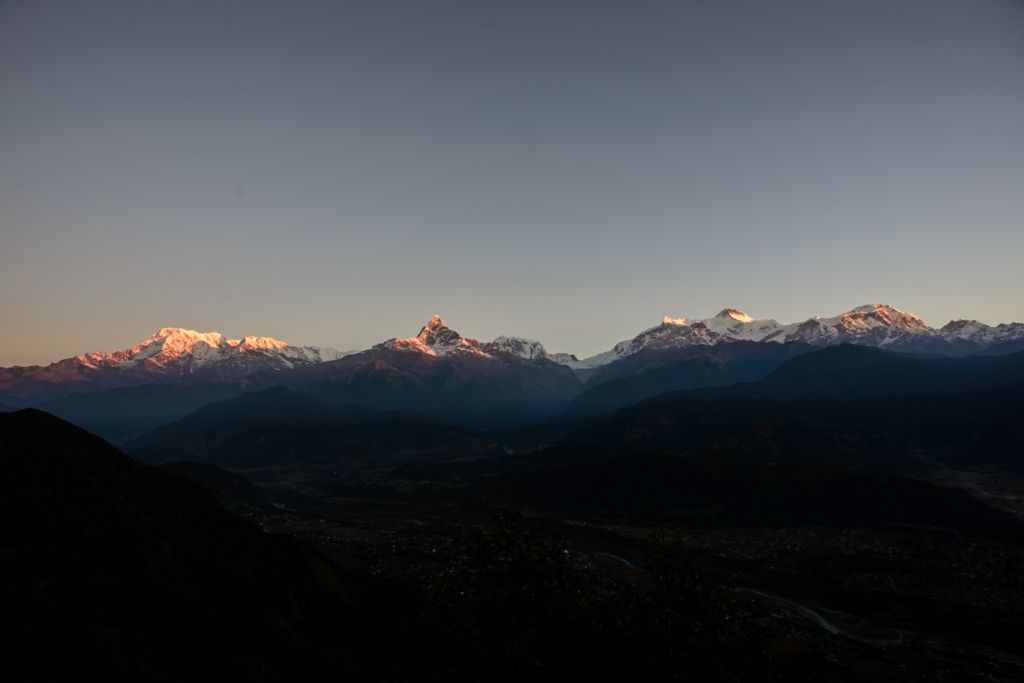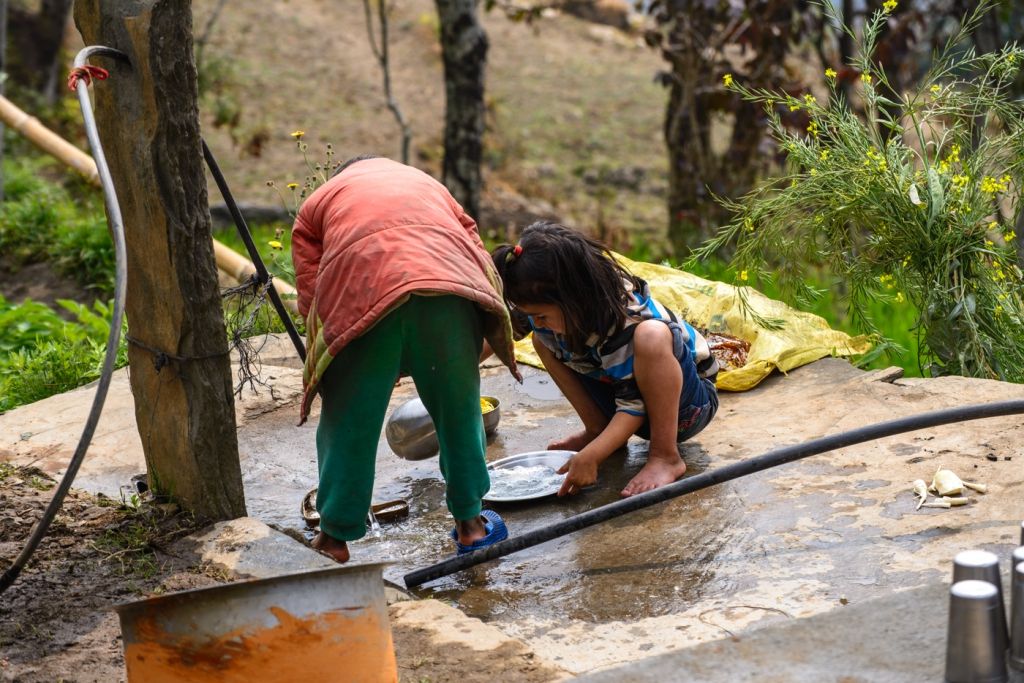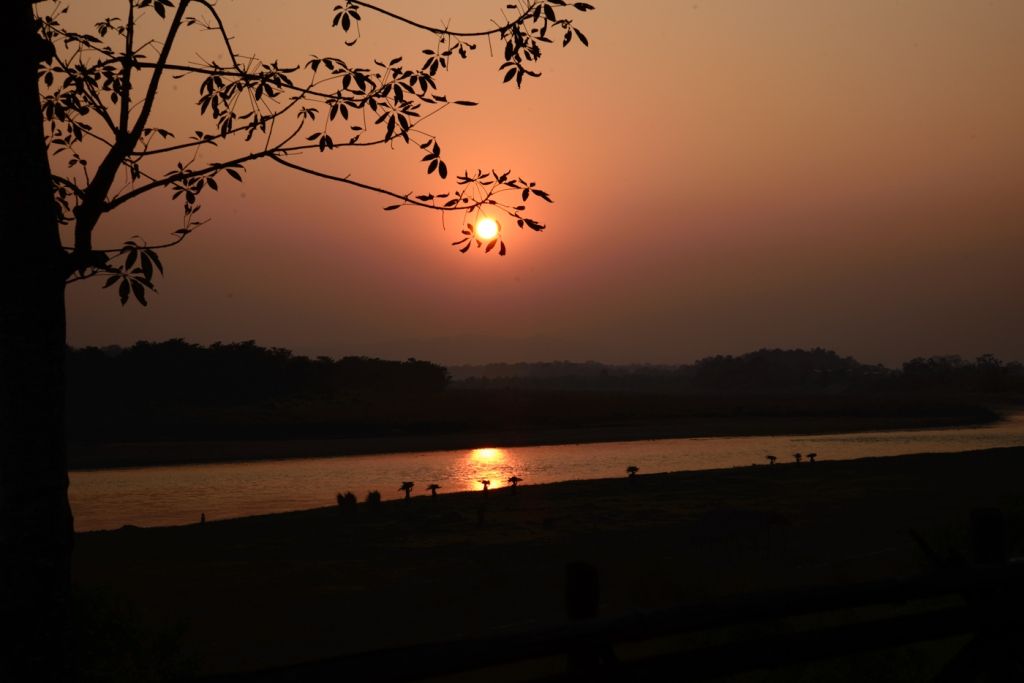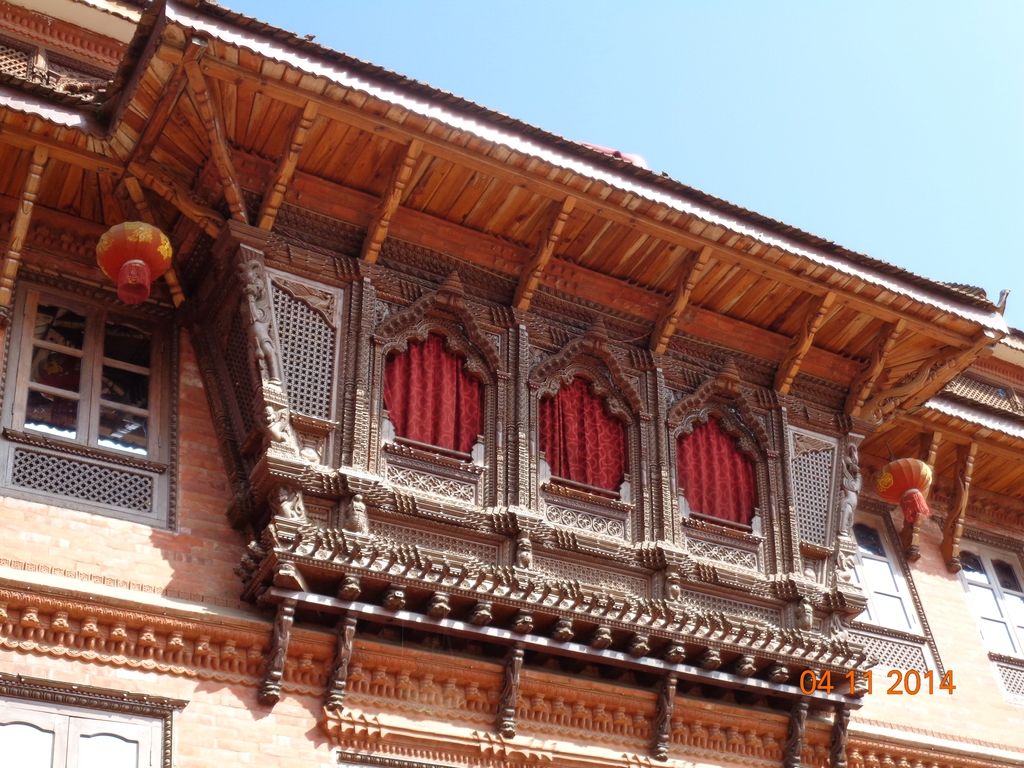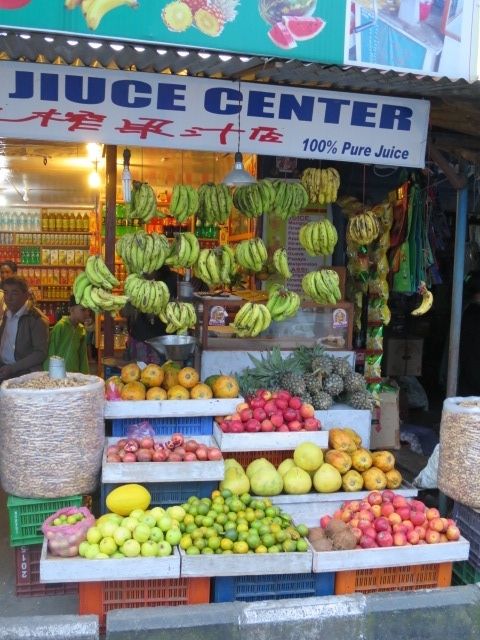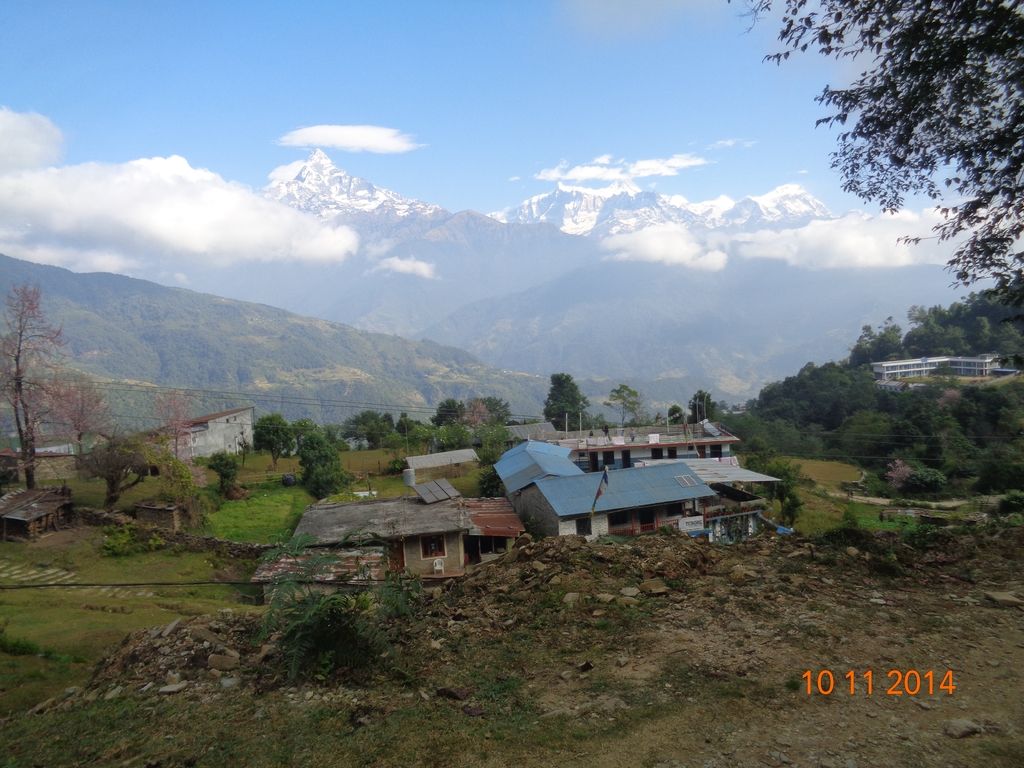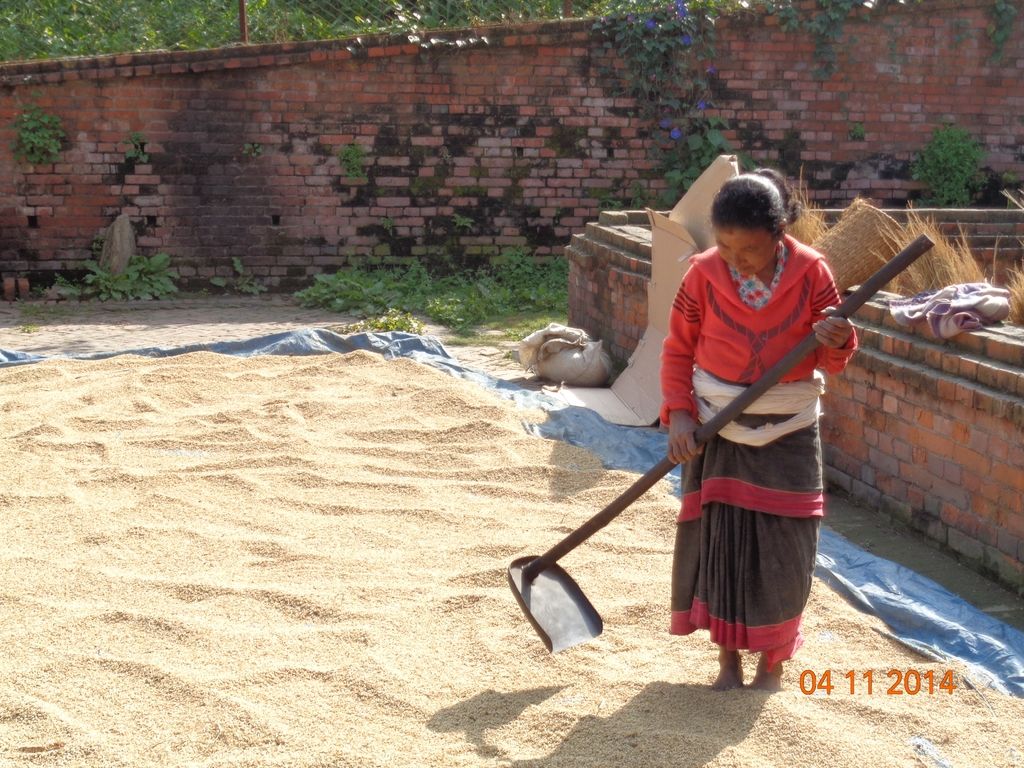General Informations About Nepal and Travel to Himalaya
From the subtropical jungle to the glittering, over 8000 meter high mountains of the Himalayas, a breathtaking landscape and culture awaits you in Nepal. Experience this diverse culture and get to know the life of the Nepalese people and enjoy nature! Terraced rice fields, rhododendron forests and the constant panorama of mighty mountain peaks. Walk leisurely from village to village and observe the traditional daily routine of Nepalese families. If you are aiming to climb a mountain peak as the highlight of your adventure trip, the time required for acclimatization must be taken into account for all tours to higher regions. Your tour should not be stressful, but an unforgettable experience! For this reason, the daily schedules described must be considered somewhat flexible, as they will be adapted to the local conditions (weather, new paths, etc.) and your physical condition. Your guide will plan and discuss the next day with you in the evening.
| Continent | : |
Asia
|
| National border | : | In the north: Himalayas (Tibet / China), in the south, east and west: India |
| Location | : | 26°20' - 20°26' longitude 80°03' - 88°26' latitude |
| Inhabitants | : | approx.29 million |
| Capital | : | Kathmandu (1350 m above sea level) approx. 4 million inhabitants |
| Highest point | : | 8848 m above sea level M. (Mount Everest) |
| Lowest point | : | 75 m above sea level M. (Terai) |
| Tree line | : | approx. 4500 m above sea level M. |
| Snow line | : | approx. 2500 m above sea level M. in winter |
| Himalayas (Mountains) | : | 15% of the country above 3000 m above sea level. M. |
| Hill country | : | 68% of the country 500 m above sea level M. - 3000 m above sea level M. |
| Terai(Flatlands) | : | 17% of the country below 500 m above sea level. M. |
| Animals | : | Tiger, rhinoceros, elephant, panda, snow leopard, cow, yak, water buffalo, 800 different species of birds, depending on altitude |
|
Religions |
: | Hindu 85% Buddhists 10% Muslim 3% Others 2% |
| Box | : | Brahmins Chetri Baishja Sudra (untouchables) 61 different ethnic groups |
| Language | : | National language is Nepali Over 70 other local dialects and languages English is compulsory in school |
| Cultivation | : | Rice, millet, buckwheat, wheat, potatoes, bananas, mango, pineapple, apples and many other fruits and vegetables depending on temperature and altitude |
| Textile | : | Pashmina and wool production from yak wool |
| Main income | : | Agricultural economy, tourism and work abroad. |

